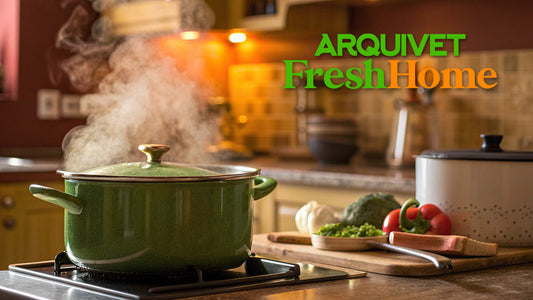
Keys to choosing a good cage for your bird
When choosing to keep a bird as a pet, one of the main things we must consider is choosing a cage that suits its needs. In our homes, there is a wide variety of domestic birds: canaries, parakeets, lovebirds, goldfinches, parrots... and they all have in common the need for a comfortable and peaceful habitat in which to live.
When we find ourselves choosing a cage, we often have several questions: What size cage should we choose? Are the bars sturdy? What material is the cage made of? Is the shape appropriate? We answer these questions and more in this article. Read on for more information!
What dimensions to choose?
The main rule is very simple: The more space our bird has, the betterHowever, there are times when we can't afford a large bird cage due to space or even weight limitations. Therefore, we should consider what type of animal to choose as a pet based on this factor.
In this regard, experts recommend that our bird have enough space to avoid feeling overwhelmed, as excessive stress can cause physical and emotional problems, resulting in feather loss, screaming, or strange behavior, in addition to shortening its life expectancy.
To have a clear method for calculating the size of cage you need for your bird, Arquivet experts recommend multiplying the bird's wingspan by 1.5, which will provide the minimum height, width, and length measurements that the cage should have.
Note: The wingspan is the distance in cm between the bird's outstretched wings. As an example, a parakeet has a wingspan of about 30 cm, so a suitable cage for this breed should be at least 30 cm x 1.5 cm = 45 cm in height, width, and length.
Keep in mind that if the cage has too many accessories inside: perching bars, food bowls, toys... it will limit its mobility, and consequently, its available space, so if you want to incorporate all these elements, it is best to choose a cage as large as possible, respecting at least the minimum recommended size.
The thickness of the bars
The distance between bars is something to keep in mind if you want your birds to stay in their cages. For small birds like canaries or finches, a distance of about 1.5 cm is ideal, while for large birds like cockatoos or parrots, it's best to use about 3 cm. However, a standard measurement is 2 cm, which is very suitable for parrots or cockatiels. With this information in mind, you'll be able to choose the best cage for your bird.
It's also important to note that the thick bars will allow the cage to withstand scratches and pecks from any type of bird. The bigger the bird, the thicker the bar should be to better resist it. In addition, it is advisable for large birds to have cages with horizontal bars, as this makes it easier for them to grip and move from one to another more easily, which is beneficial for their health as it allows them to get more exercise.
The shape of the cage
There are several bird cages on the market in very different shapes, although the most common are square or rectangular, along with those with some circular element. From our point of view, square-shaped cages are best because they make better use of the interior space. Any shape that makes cleaning or accessing that area difficult for our bird means that the space cannot be used properly.
Aesthetically, the decision is more subjective, as it depends on each person's taste. Oval-shaped ones tend to have a more elegant and soft appearance, while square ones convey a more robust design.
Types of material
The material we recommend for the cages is stainless steel, as it stands out for its strength and durability. It's very easy to clean and disinfect, which will make our cleaning tasks much easier. Other alternatives are wooden bird cages. A more natural material that blends better into outdoor environments, making it a great option for our garden. However, plastic or other metal cages are also available.
What types of bird cages are there?
In addition to the factors we have discussed above, we can also classify bird cages as hanging, mobile, and static.
- Static: These are usually bird cages with a fixed stand or base. Once installed, their mobility is limited, as they are designed to always remain in the same location.
- Mobiles: These are cages that have feet with wheels, which allows for greater mobility.
- Pendants: They are usually small cages, since they are placed in elevated areas.
To summarize, the main points to take into account when choosing our bird cage They are the type of bird we have, the dimensions, the distance between the bars, the shape and the type of material, although there are other factors that could influence our decision such as the type of cage (static, mobile or hanging), if we want a double or individual cage, the number of side doors, the type of removable tray or the type of use we want to give it, among others.
At Arquivet, we offer a wide variety of cages, including double bird cages, bird breeding cages, and several models of large cages or aviaries. You can also complete your cage with a generous assortment of interior accessories. Bird mirrors, perching poles, feeders and waterers, bells, and more are all available.
As for food, we have natural food options for various types of birds, from canaries and parakeets to exotic birds. Made with natural ingredients, it is one of the main sources of protein and nutrients our pets need.


